.

Bring Your Soil to Life With JADAM Microbe Solution (JMS) for Cannabis Cultivation
Living soil is a must if you want to grow the highest-quality weed. One of the easiest ways to create living soil is to use the JMS method, which introduces a concentrated dose of fermented microbes right where they're needed! Keeping reading to find out how.
Contents:
- What is jadam microbe solution (jms)?
- A primer on jadam for organic cannabis cultivation
- The importance of healthy soil when growing cannabis
- How jms contributes to healthy living soil in cannabis cultivation
- How to make jms for cannabis growing
- How to use jms in your cannabis grow room or garden
- Bring your soil to life
Key Points:
- JMS is a vital part of the JADAM organic farming method, which was spearheaded by Youngsang Cho.
- This solution is easy and inexpensive to create and administer at home.
- The microbes in JMS will turn the growing medium into "living soil", which is great for your plants and the wider environment.
- JMS can be administered as a root drench for long-term effects and/or a foliar spray for short-term effects.
JADAM microbe solutions are part of the wider JADAM method of organic farming. The JMS method is an almost ridiculously simple way to deliver a concentrated hit of beneficial microbes to the soil, turning it from inert into a living and self-sustaining ecosystem. This isn’t just about growing better weed (though it will), but about changing the way we interact with nature.
In this article, we’ll go into what JMS is and why you should use it, then we’ll discuss just how easy it really is to make!
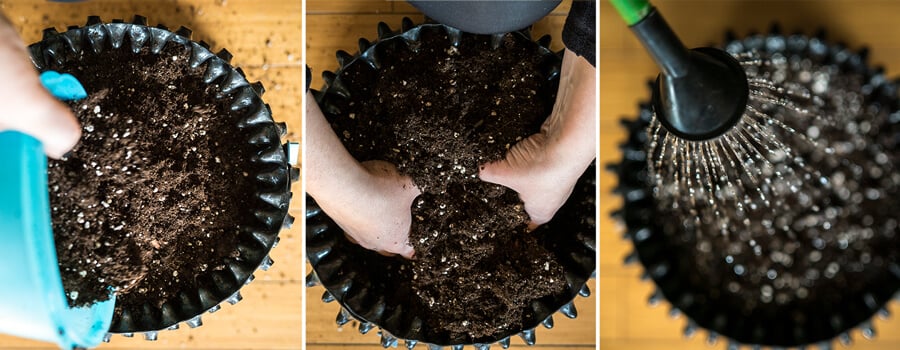
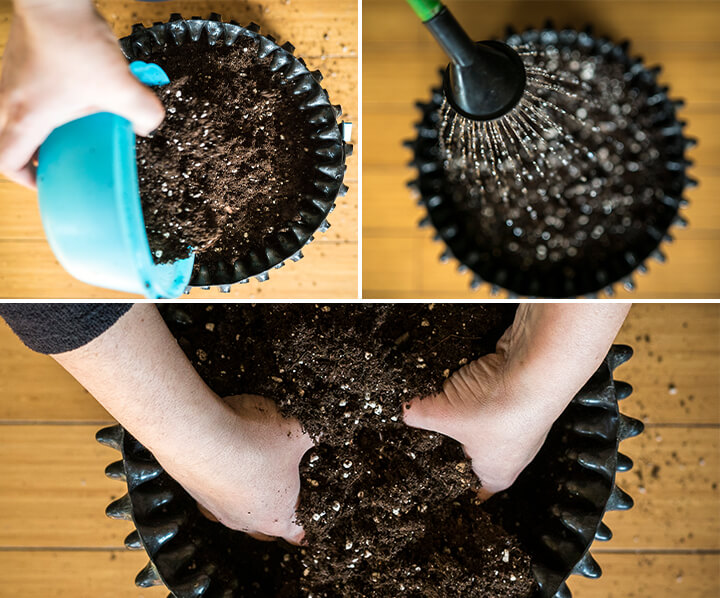
What Is JADAM Microbe Solution (JMS)?
JADAM microbe solution (JMS) is an organic farming method that seeks to improve the microbial content of soil, essentially turning it into “living soil”. When soil contains an abundance of balanced life, it can be considered much healthier and in turn helps to sustain healthier and more bountiful crops. The benefits are manifold, from working with plants to absorb food more efficiently to helping to prevent pathogens. In short, microbe-rich soil is well worth cultivating!
And the good news is that it’s not difficult to get your soil thriving! As healthy soil is basically made up of decomposed organic matter, all you need is organic matter to make JMS! Whether it’s kitchen scraps or leaves foraged from the forest floor, the necessary ingredients for JMS are all around you.
A Primer on JADAM for Organic Cannabis Cultivation
The JADAM method is a closed-loop approach that doesn’t just make soil and crops healthier, but it makes those that farm them more self-sufficient. It does so in a number of ways.
By creating healthier soil, it renders many fertilisers, which ultimately degrade the quality of soil, unnecessary. It also reduces the risk of pathogens, meaning that destructive soil amendments designed to kill can be done away with. Finally, as JADAM and its inputs, such as JMS, require the most simple ingredients, anyone can enrich their soil without spending a penny. All of this together means that soil can be improved for free, and it becomes self-sustaining, reducing the need for maintenance.
Who Is Youngsang Cho?
For those who prize self-sustaining organic farming methods, Youngsang Cho is somewhat of a visionary. This man, from South Korea, pioneered these farming methods (of which nature has known since the dawn of life on earth) in an attempt to empower growers, protect soil ecology, and reduce all of our dependency on “Big Agriculture”, which pushes unnecessary and damaging practices for the purposes of profit.
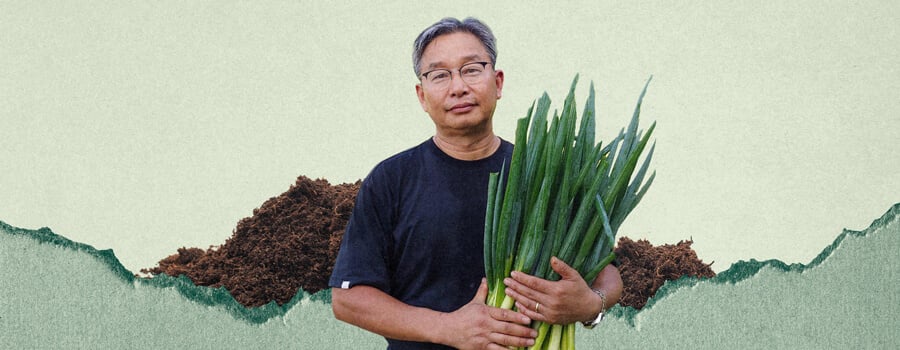
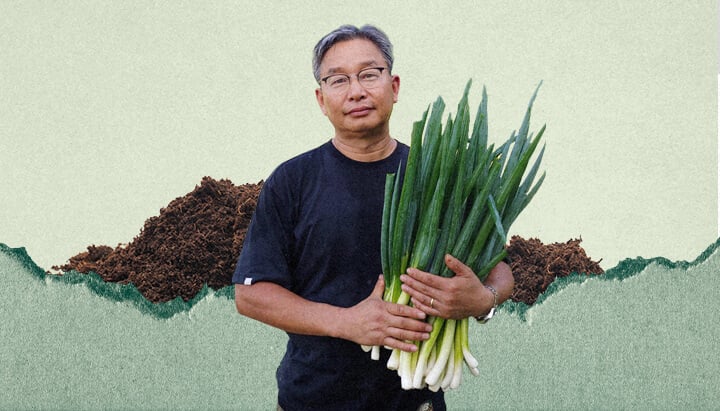
The Importance of Healthy Soil When Growing Cannabis
For the latter half of the 20th century and all of the 21st, agriculture has relied disproportionately on synthetic inputs, such as fertilisers and pesticides. These chemicals have gradually (and in many cases rapidly) degraded the quality of soil to the point that it cannot yield crops without the addition of more chemicals, creating a damaging feedback loop. However, all crops grow much better in healthy soil, including cannabis.
Living soil, with its symbiotic relationships with microbes, fungi, and plants, supports robust growth and resilience in cannabis. The soil food web—comprising bacteria, fungi, and other microorganisms—creates a vibrant ecosystem that facilitates nutrient cycling, nitrogen fixation, and mycorrhizal interactions, all of which contribute to healthier, more productive cannabis plants.
How JMS Contributes to Healthy Living Soil in Cannabis Cultivation
JMS contributes to healthy living soil by essentially adding a dose of concentrated, beneficial microbes to the soil. In the same way that fermented kefir or kimchi give your gut biome a large dose of beneficial microbes, so too does JMS for soil.
These microbes then flourish in the soil they are added to, quickly enriching the growing medium. This process can render almost inert soil into a veritable biosphere in a surprisingly quick time. The reason it benefits cannabis plants (and all plants) is simply that they have evolved to grow in a diverse and balanced substrate.
Just like how animals thrive in rich ecosystems, plants thrive in rich soil ecosystems. In part this is because the microbes interact directly with the plants, and in part it's because the soil “comes to life”, meaning it constantly regenerates nutrients, keeps predators in check, and more.
How to Make JMS for Cannabis Growing
You might wonder why everyone who grows plants isn’t doing this. And the answer is, we don’t really know! But they should be. The good news is that it’s incredibly simple, and if you follow the instructions below, you’ll soon have your very own JMS!
Ingredients and Equipment
- 1 small potato (boiled)
- 10 l non-chlorinated water (let tap water sit for 24 hours or use rainwater)
- 11 g sea salt (about 2 tsp) or 330 ml seawater
- ½ cup leaf mold (soil from under decomposing leaves in a forested area)
- 11 l (3-gallon) bucket
- Stick and string (to suspend the ingredients)
- Mesh cloth (for holding ingredients)
Instructions
- Prepare ingredients: Boil the potato, with the skin on, until soft, then let it cool. Collect non-chlorinated water, sea salt, and leaf mold.
- Set up: Fill the bucket with water, add sea salt or seawater, and stir.
- Combine and suspend: Place the boiled potato and leaf mold in the mesh cloth, tie it with string, and suspend it in the water using a stick across the bucket. Gently massage the cloth to release microbes.
- Fermentation: Cover the bucket loosely and let it sit. Within 24–72 hours, bubbles will form, indicating active microbial growth.
- Application window: Use the JMS when it’s at peak activity, typically 6–12 hours after bubbling begins to slow.
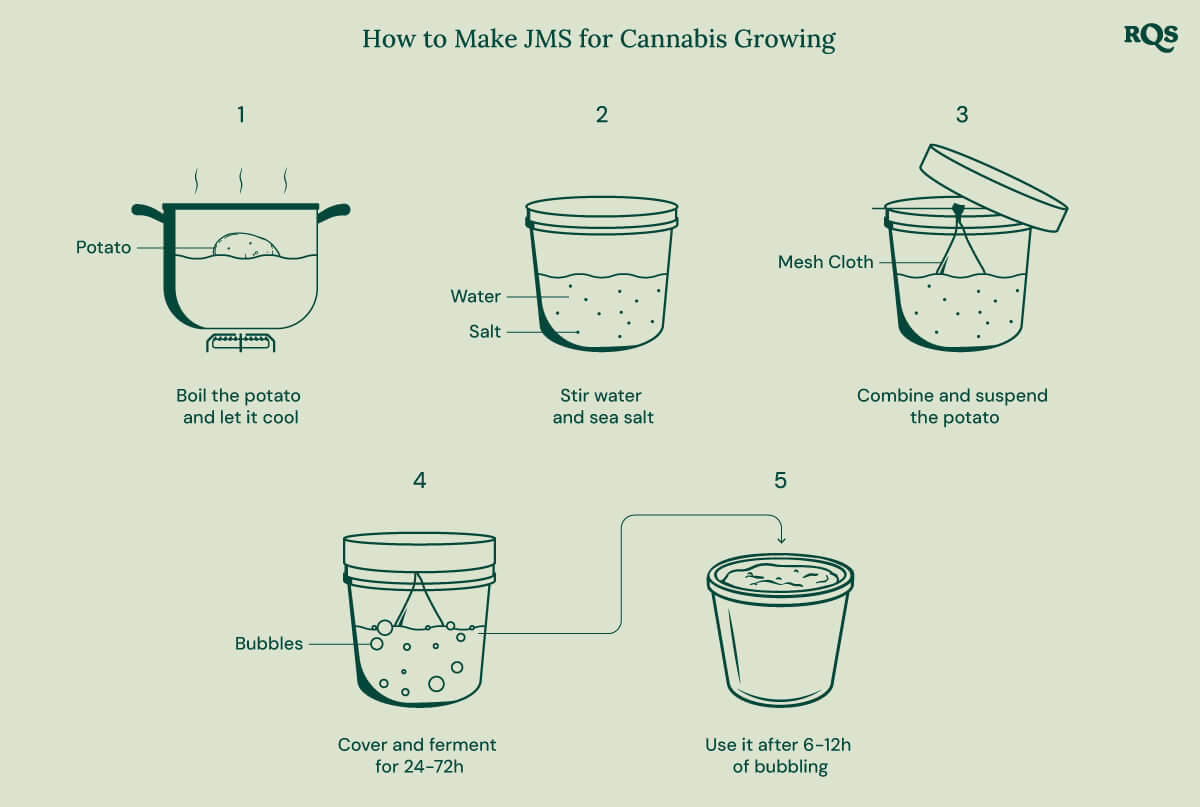
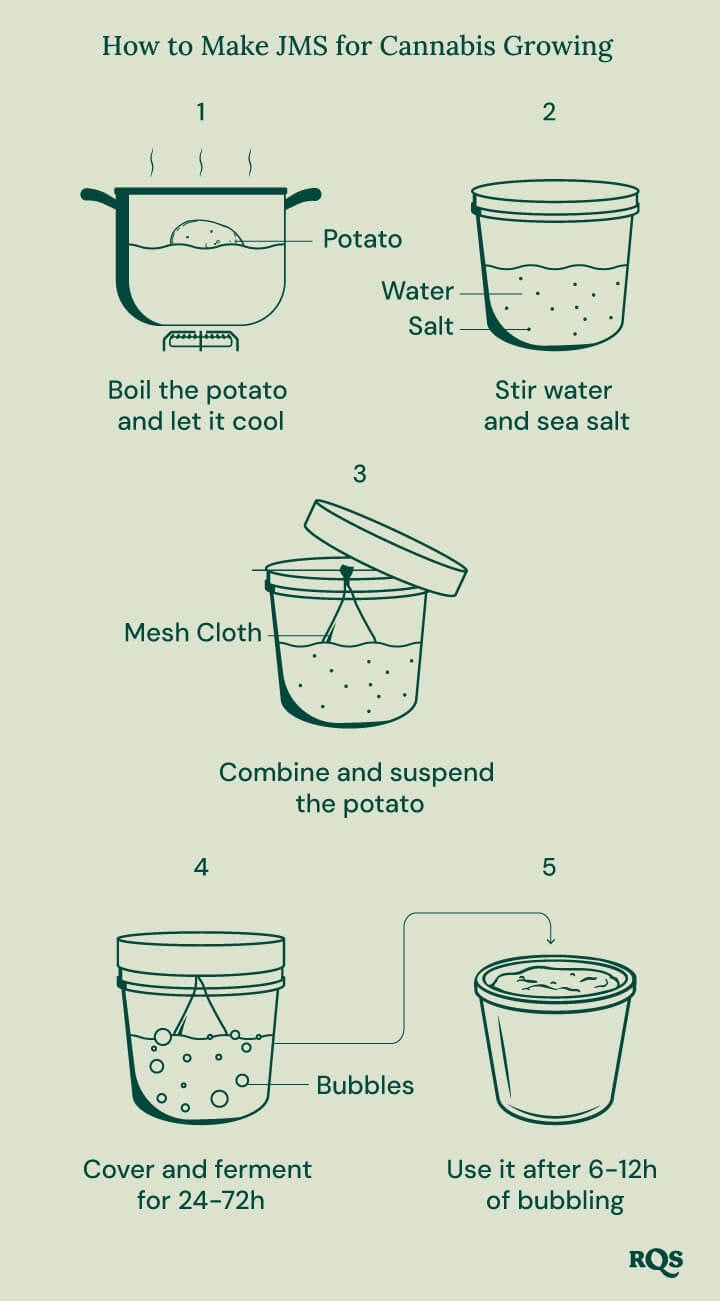
How to Use JMS in Your Cannabis Grow Room or Garden
We recommend applying JMS during its peak microbial activity as this will deliver the biggest hit of microbes. For cannabis, JMS can be administered either as a soil drench or foliar spray, depending on the plant's needs. A soil drench is great for getting the soil to a healthy place, and will deliver long-term benefits. A foliar spray is more acute, and can be used to deliver a quick and temporary hit of nutrients to your plants.
- Soil drench: Pour the solution directly onto the soil, and it will enrich the microbial environment around the roots. Ideally, you should begin doing this before you start growing, but it can be started at any point during the growing process.
- Foliar spray: Spraying JMS on cannabis foliage can introduce microbes directly to the plant’s surface, helping to fend off pests and diseases. While this is a viable method, it shouldn’t be used in place of creating living soil, but rather as a complement in certain contexts (such as a nutrient deficiency).
- Timing: Apply early in the morning or late in the evening to avoid harsh sunlight, which may evaporate the solution before it has time to soak into the soil and reduce its efficacy.
Bring Your Soil to Life
JMS is easy and it's highly effective. In essence, it’s an artificial route to creating a natural environment, and your cannabis plants will truly love you for it. Some of the benefits you’ll feel and smell when you consume the final products, others you’ll see in the abundance of flowers, and some you won’t even detect but are no less important.
Fostering a relationship with the planet where we care for its long-term health and natural processes rather than prioritising our short-term desires is crucial if we still want a pleasant, habitable planet in the years to come!





































